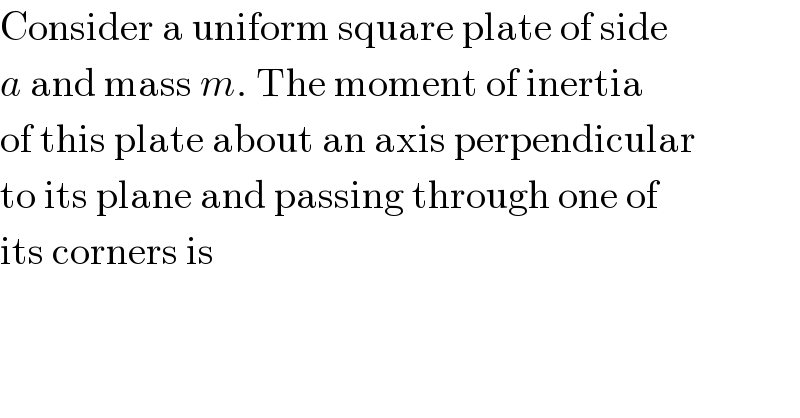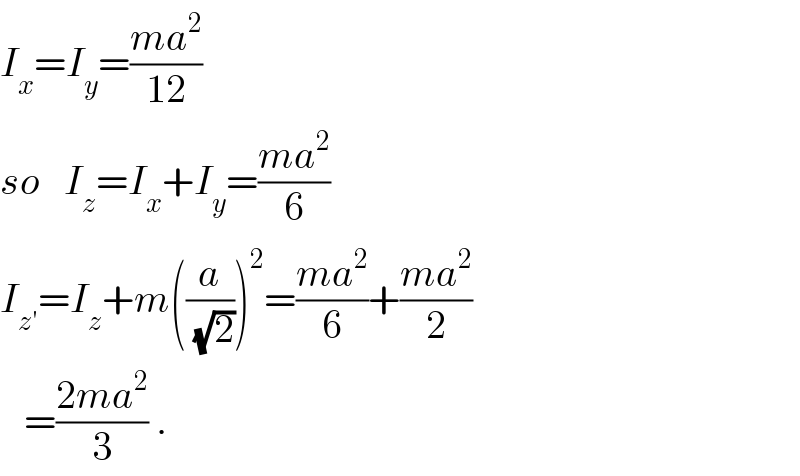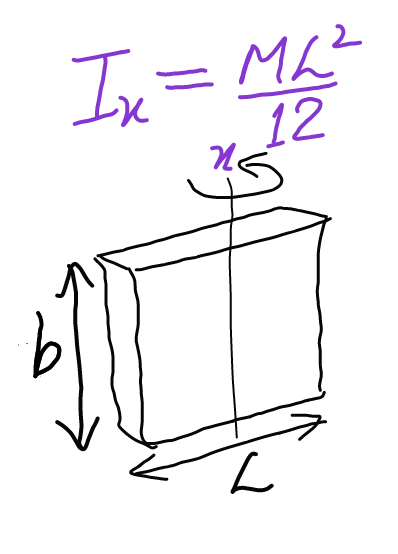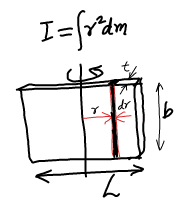Question Number 24730 by Tinkutara last updated on 25/Nov/17

Commented by ajfour last updated on 25/Nov/17

Commented by ajfour last updated on 25/Nov/17

Commented by mrW1 last updated on 25/Nov/17

Commented by Tinkutara last updated on 25/Nov/17

Commented by Tinkutara last updated on 25/Nov/17

Commented by ajfour last updated on 25/Nov/17

Commented by Tinkutara last updated on 25/Nov/17

Commented by ajfour last updated on 25/Nov/17

Commented by ajfour last updated on 25/Nov/17

Commented by Tinkutara last updated on 25/Nov/17

Commented by ajfour last updated on 25/Nov/17

Commented by ajfour last updated on 25/Nov/17

Commented by Tinkutara last updated on 26/Nov/17

